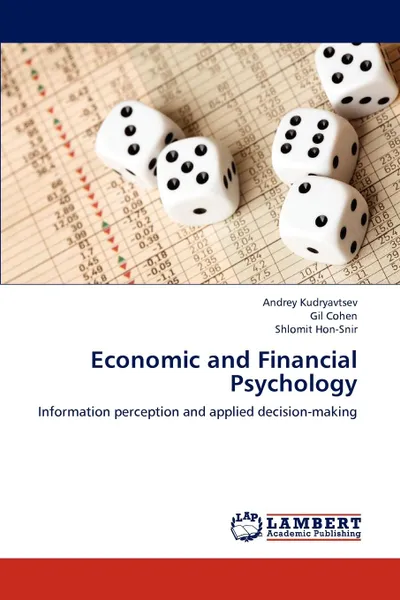Economic and Financial Psychology 12+
92 страницы
Категория: Бизнес образование
ISBN: 9783659184185
Язык: Английский
📒 This book provides new methodological, theoretical and applied insights into a continuously developing field of economic and financial psychology. It is based on a number of experimental and survey studies that demonstrate that economic and financial behavior is not necessarily completely rational, and may be considerably affected by various psychological stimuli, usually regarded as "biases". Studies discussed in Part I employ experimental design and examine the effects of hindsight bias and anchoring bias on the perception of economic and financial information. In particular, they concentrate on the effects of pre-existing knowledge and perceived "relevance" of some of the randomly provided anchors on the magnitudes of the exhibited biases. Studies described in Part II are based on a survey among stock market investors and analyze the influence of disposition effect, herd behavior, availability heuristic, gambler's fallacy and hot hand fallacy on the mechanism of stock market decision-making. In particular, they deal with individual differences in the degrees of these biases and with the correlations between the magnitudes of the biases in the cross-section of market investors.
Мнения
